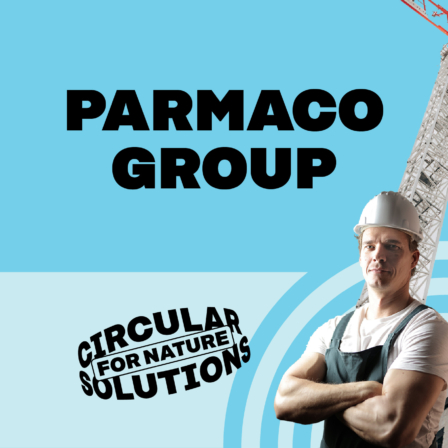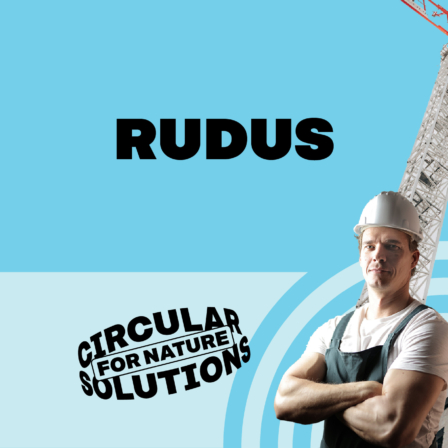Problem
As a result of decades of highly extractive practices, the forestry sector may not sequester as much carbon as previously believed. Some 80% of raw material harvested from forests is turned into short-lived products and bioenergy. Most of the productive forest land is cleared for maximum efficiency, resulting in reduced carbon storage in trees, soil and vegetation, as well as negative impacts on forest ecosystems. After final felling, the forest is in many cases replaced by tree stands with a similar age structure.
Solution
Plockhugget’s mission is to promote CCF and to educate and assist forest owners to adopt CCF practices, while also making it easier for companies that use wood to support the development of more resilient forest ecosystems by selling certificates for continuous cover wood products. Plockhugget issues forestry certificates, based on the CCF method, which guarantee that an equivalent volume of timber has been sourced from a forest managed without conventional felling practices and high impacts on ecosystems. The certification programme also enables traceability of the product. Besides ensuring more regenerative felling principles, regenerative forestry also highlights the need to extend the life cycle of materials, minimising the need for virgin resources and utilising the by-products and residues.
Today, “regenerative” is an umbrella term used to refer to many things, some of which are unsubstantiated. Practice-specific certifications are important for avoiding ambiguity.
Riku Sinervo and Tim Forslund, Sitra
Biodiversity impacts
CCF promotes a diverse forest structure, ensuring timber production while maintaining canopy cover. Additionally, CCF reduces carbon emissions from the soil and stores more carbon than traditional felling methods, while improving nutrient retention and reducing run-off in the forest. The method also fosters resilience by developing a multigenerational forest, helping create a more diverse forest. This diversity can be enhanced further if active measures are taken to ensure that deciduous trees are included.
Benefits for the company
Plockhugget’s certification can ensure the credibility of practices that drive regenerative outcomes, while meeting the rising demand for certified forest products and enhancing operational efficiency. Periodic thinning ensures regular income crops and insulates against market fluctuations, while creating conditions for natural regeneration with the help of standing trees. To be most effective, CCF needs to be applied with the local conditions in mind (such as factoring in the prevalence of root rot). However, CCF has demonstrated its economic benefits for individual forest owners, including lower risks associated with storms, heat and drought. CCF also contributes to carbon storage, erosion control, pest control, water cycle regulation and the provision of other ecosystem services.

































